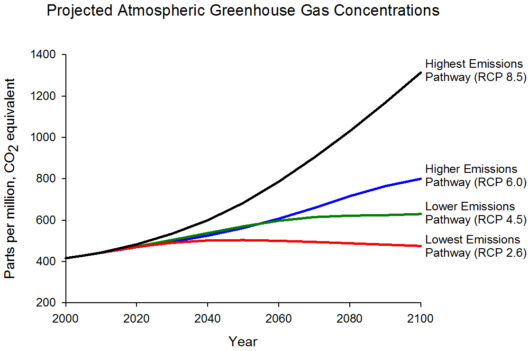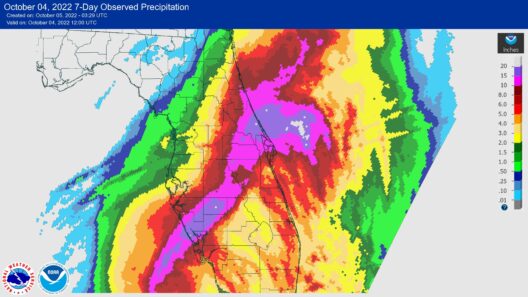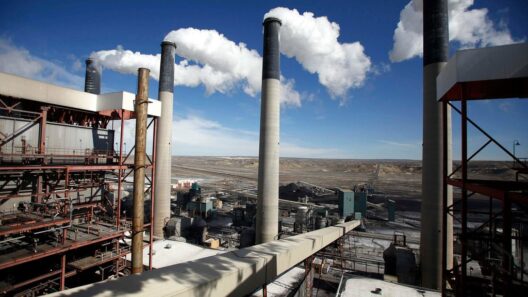The delicate equilibrium of the water cycle is paramount to the sustainability of life on Earth. This intricate network involves the continuous movement of water within the atmosphere, on the surface, and beneath the ground. However, global warming is inducing profound disruptions to this essential process, leading to far-reaching environmental consequences.
Understanding the water cycle begins with recognizing its stages: evaporation, condensation, precipitation, and infiltration. Water evaporates from oceans, rivers, and lakes, transforming from liquid to vapor. This vapor rises and cools in the atmosphere, leading to condensation, where it forms clouds. Subsequently, precipitation occurs in various forms—rain, snow, sleet—leading to the replenishment of water bodies and underground aquifers. Finally, infiltration refers to water soaking into the soil, becoming part of groundwater supplies.
As global temperatures escalate, primarily due to anthropogenic emissions of greenhouse gases, the water cycle is increasingly susceptible to disruption. One notable aspect is the enhanced evaporation rates due to higher temperatures. Warmer air can hold more moisture, resulting in an intensified hydrological cycle. This means while some areas may experience torrential downpours, others may suffer from prolonged droughts. The uneven distribution of water—often referred to as hydrological imbalance—can exacerbate soil erosion, increase salinity levels in coastal regions, and compromise agricultural productivity.
Consider the phenomenon of altered precipitation patterns. Regions that were historically temperate may become arid, while regions accustomed to dry climates may suddenly face excessive rainfall. This chaotic shift not only poses challenges for freshwater resources but also affects ecosystems that depend on specific moisture levels. For instance, the intricate relationships between flora and fauna are easily destabilized when moisture regimes change, leading to biodiversity loss and shifts in species distributions.
The impact of global warming on the snow and ice reservoirs is another critical concern. Glaciers and snowpacks serve as natural reservoirs, releasing melted water slowly throughout warmer months. As temperatures rise, these vital stores of fresh water are diminishing at alarming rates. The accelerated melting of glaciers not only contributes to rising sea levels but also disrupts river flow patterns, impacting communities reliant on predictable water sources. In some cases, the rapid loss of ice can lead to destructive glacial lake outburst floods, posing further risks to human life and infrastructure.
As we examine the consequences of global warming on the water cycle, it becomes increasingly clear that the ramifications extend beyond mere water scarcity. The increased frequency and intensity of extreme weather events—such as hurricanes, floods, and droughts—are directly linked to changes in the atmospheric dynamics fueled by a warming climate. The water cycle’s perturbations also contribute to the ferocity of natural disasters. This leads to disproportionate damage in vulnerable communities, often those least equipped to adapt or respond to such calamities.
Moreover, the interplay between the water cycle and climate change can create a vicious cycle that perpetuates further global warming. For instance, warmer temperatures lead to increased evaporation, which in turn can lead to more atmospheric moisture. This heightened moisture can intensify storms, resulting in both destructive rainfall and, paradoxically, areas experiencing severe drought as precipitation becomes increasingly erratic.
In addition to these immediate effects, the alterations to the water cycle contribute to long-term changes in the global climate system. The shifting patterns of evaporation and precipitation influence ocean currents and can affect global climate systems, further exacerbating the impacts of climate change and leading to unforeseen consequences.
The implications of a disrupted water cycle also resonate within the socio-economic fabric of societies. Water scarcity resulting from extreme weather conditions can lead to conflict over resources, displacement of populations, and increased competition for water-rich areas. Agriculture, which relies heavily on predictable water supply, faces dire consequences due to the instability in rainfall patterns, directly threatening food security. The very essence of human civilization—our agriculture, our cities, our ecosystems—is under threat as we grapple with the consequences of a water cycle in crisis.
Nevertheless, this crisis also presents an opportunity to rethink our relationship with water and to implement sustainable practices. Understanding the intricacies of the water cycle can facilitate the development of innovative water management systems. By investing in technologies that enhance water conservation and improve agricultural efficiency, societies can adapt to the inevitable changes while preserving this precious resource. Rainwater harvesting systems, efficient irrigation practices, and wastewater recycling are just a few examples of adaptive strategies that can mitigate the effects of a disrupted water cycle.
Moreover, fostering a deep-seated awareness about the water cycle can empower communities to engage in conservation efforts. Educational initiatives that emphasize the importance of the water cycle can spark interest and promote collective action to address the climate crisis. As individuals recognize their role in this grand system, they can become advocates for sustainable practices, influencing policies at local, national, and global levels.
In summary, the water cycle, a fundamental component of Earth’s systems, is inextricably linked to global warming. The ongoing disruptions to this cycle herald significant challenges, including disruptions to agricultural systems, increased risks of natural disasters, and socio-economic instability. However, these challenges also inspire a collective responsibility to mitigate the crisis through innovative strategies and community engagement. As the climate continues to shift, understanding and protecting the essential processes of the water cycle will be critical for ensuring a sustainable future for generations to come.







